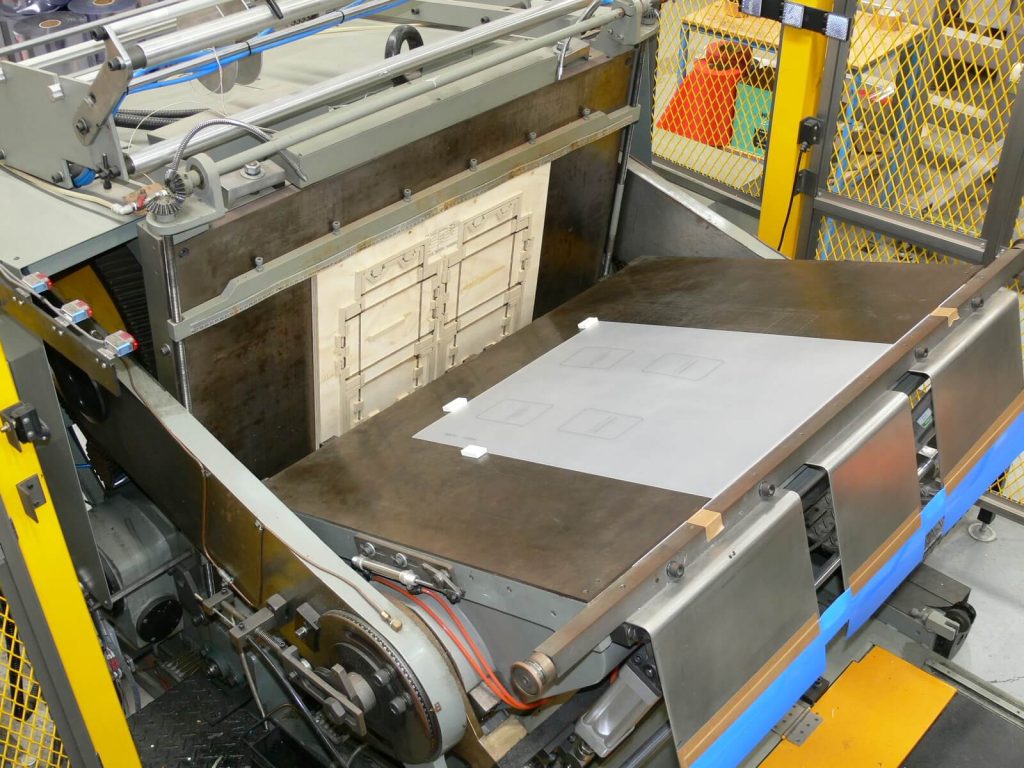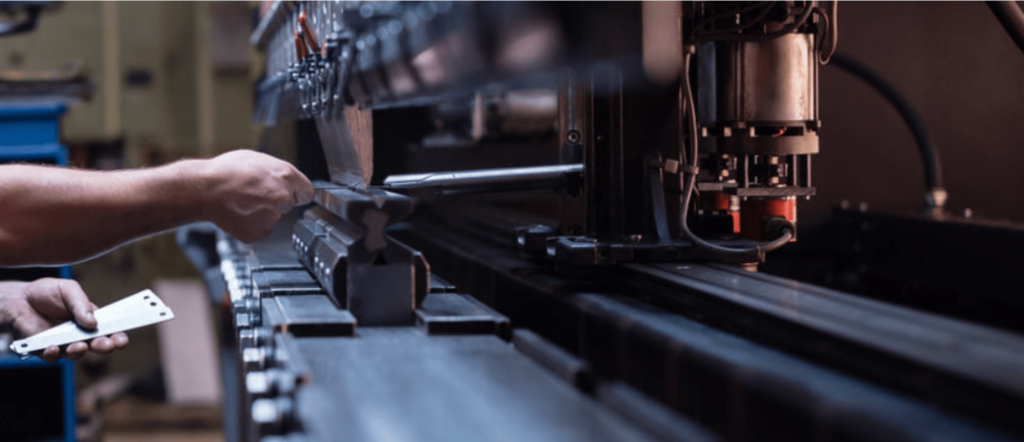In the world of printing and design, there’s a technique that stands out as both a creative art form and a practical solution to making projects truly exceptional: die cutting. While many printing methods focus on the colors, materials, and finishes, die cutting adds a unique dimension to the design, allowing for intricate shapes, patterns, and customizations that can elevate your printing projects to new heights.
In this comprehensive guide, we’ll explore the art of die cutting, its history, the various applications it serves, the technology behind it, and how you can harness its power to make your printing projects truly remarkable. Whether you’re a seasoned graphic designer, a marketing professional, or simply someone curious about the world of printing, this article will provide you with valuable insights into the art of die cutting.
Understanding Die Cutting: A Brief Overview
Die cutting is a specialized printing and finishing process that involves cutting various materials into specific shapes using a custom-made die. A die, in this context, is a sharp-edged tool made from steel or other hard materials that is shaped according to the desired pattern or design. The material to be cut, often paper or cardboard, is placed beneath the die, and pressure is applied to cut the material into the desired shape.
Die cutting can be performed manually, using hand-operated machines, or through automated processes, utilizing computer-controlled equipment. The choice of method depends on the complexity of the project and the required precision.
A Glimpse into the History of Die Cutting
Die cutting has a rich history that dates back to ancient civilizations. Early die-cutting tools were crafted from wood or metal and used for shaping leather, fabric, and other materials. These tools were often highly decorative and labor-intensive, making them a symbol of craftsmanship and artistic expression.
In the 19th century, with the advent of industrialization and advances in metalworking technology, die cutting became more efficient and accessible. It was primarily used for cutting paper and cardboard, making it a valuable process for the emerging printing and packaging industries.
Today, die cutting has evolved into a sophisticated and versatile technology, capable of producing intricate and precise designs on a wide range of materials. It has found applications in various industries, including printing, packaging, signage, and even art and crafts.
Applications of Die Cutting

Die cutting is a versatile technique that finds applications in numerous fields. Here are some of the key areas where die cutting plays a significant role:
1. Print Media and Packaging
In the world of print media and packaging, die cutting is indispensable. It allows for the creation of unique shapes, windows, and perforations in printed materials, making packaging more appealing and functional. Greeting cards, brochures, labels, and product packaging often feature die-cut elements to stand out on the shelf.
2. Labels and Stickers
Die-cut labels and stickers are widely used in branding and marketing. The precision of die cutting ensures that labels can be cut into various shapes and sizes, allowing businesses to create distinctive and eye-catching product labels.
3. Invitations and Stationery
For special occasions like weddings and corporate events, die-cut invitations and stationery are popular choices. The technique allows for intricate designs and personalized touches, making these items more memorable.
4. Signage and Displays
In the realm of signage and displays, die cutting plays a crucial role. It enables the creation of 3D signs, standees, and promotional materials with unique shapes and structures, attracting attention and conveying messages effectively.
5. Textile and Apparel
Die cutting is not limited to paper and cardboard; it is also used in the textile and apparel industry. Fabric pieces can be cut into precise shapes for appliqué work or to create intricate patterns in garments.
6. Art and Crafts
Die cutting machines have gained popularity among artists and craft enthusiasts. These machines can cut paper, fabric, and other materials into intricate shapes, making them essential tools for creating handmade cards, scrapbooks, and various art projects.
7. Industrial and Manufacturing
In industrial and manufacturing settings, die cutting is used to cut gaskets, seals, and components from materials such as rubber, foam, and plastics. Precision and consistency are critical in these applications to ensure proper functionality.
The Technology Behind Die Cutting
Die cutting may seem like a simple process, but it involves a combination of craftsmanship and cutting-edge technology. Here’s a glimpse into the key components and steps involved in modern die cutting:
1. Die Creation
The first step in die cutting is creating the die itself. This is a highly precise and specialized process. The die maker designs the pattern or shape, which is then transferred onto a metal plate. The plate is typically made of steel and is precisely machined to form sharp cutting edges. This plate, known as the die, is mounted onto a die-cutting machine.
2. Material Preparation
The material to be cut, whether it’s paper, cardboard, fabric, or another substrate, is prepared for die cutting. It is loaded onto the die-cutting machine and positioned accurately beneath the die.
3. Cutting Process
The die-cutting machine is activated, causing the die to come into contact with the material. Depending on the type of machine, this can be done manually or through automated processes. The die exerts pressure on the material, cutting it into the desired shape with precision.
4. Removal and Finishing
Once the cutting process is complete, the cut pieces are removed from the material. Any excess material, known as “waste,” is also discarded. Depending on the project, additional finishing processes such as embossing, debossing, or foil stamping may be applied.
5. Quality Control
Quality control is a critical step in the die-cutting process. Operators inspect the cut pieces for any defects or imperfections. Precision and accuracy are paramount, especially in projects with intricate designs.
Benefits of Die Cutting

Die cutting offers several benefits that make it a preferred choice in various industries:
1. Precision and Consistency
Die cutting delivers unparalleled precision and consistency. Whether you need to create intricate shapes or cut thousands of identical pieces, die cutting ensures each item is exactly the same, meeting strict quality standards.
2. Customization
Die cutting is highly customizable. You can create unique shapes and designs that set your project apart from the competition. This level of customization is particularly valuable in branding and marketing.
3. Versatility
Die cutting is versatile, working with a wide range of materials, including paper, cardboard, fabric, leather, plastic, and more. This versatility allows for innovative solutions in various industries.
4. Efficiency
Die cutting is an efficient process, capable of producing a high volume of cut pieces in a relatively short amount of time. This efficiency is crucial for meeting tight production deadlines.
5. Creative Freedom
Die cutting provides designers and artists with creative freedom. It allows them to push the boundaries of design and explore new possibilities, making it a valuable tool for creative expression.
Challenges and Considerations
While die cutting offers numerous advantages, it’s important to be aware of the challenges and considerations associated with the process:
1. Cost
Creating custom dies can be costly, especially for intricate or one-of-a-kind designs. However, the cost per piece decreases with larger production runs, making die cutting more cost-effective for bulk orders.
2. Design Constraints
Some designs may not be suitable for die cutting due to their complexity or size. Designers must work closely with die makers to ensure the feasibility of their concepts.
3. Setup Time
The setup time for die cutting can be longer compared to other printing processes. This can impact production schedules, so it’s essential to plan accordingly.
4. Material Limitations
Not all materials are suitable for die cutting. Some materials may tear, deform, or have limitations in terms of thickness. Testing is often required to determine the compatibility of a material with die cutting.
Tips for Successful Die Cutting Projects
To make the most of die cutting and ensure successful projects, consider the following tips:
1. Collaborate with Experts
Work closely with experienced die makers and print professionals who can guide you through the process and help you achieve the best results.
2. Prioritize Design
Invest time and effort in designing your die-cut elements. Creative and well-thought-out designs are more likely to leave a lasting impression.
3. Test Materials
Test different materials to find the one that best suits your project. Each material may react differently to the die-cutting process.
4. Plan for Post-Cut Finishing
Consider post-cut finishing options, such as embossing, debossing, or foil stamping, to enhance the visual and tactile appeal of your project.
5. Budget Wisely
Understand the cost implications of die cutting and allocate your budget accordingly. Determine the optimal quantity for your production run to balance cost-effectiveness and quality.
Elevating Your Printing Projects with Die Cutting
The art of die cutting is a remarkable fusion of craftsmanship and technology, offering endless possibilities for creative expression and functional design. Whether you’re producing packaging that stands out on the shelf, crafting custom invitations for a special event, or adding unique elements to your marketing materials, die cutting can help you achieve your vision with precision and style.
By understanding the history, applications, and technology behind die cutting, as well as considering its benefits, challenges, and best practices, you can harness its power to elevate your printing projects to new heights. Whether you’re a seasoned professional or an aspiring designer, die cutting is a tool that should not be overlooked in your creative arsenal. Embrace the art of die cutting, and watch your printing projects transform into works of art that leave a lasting impression on your audience.
